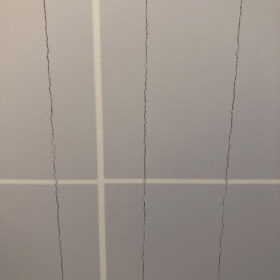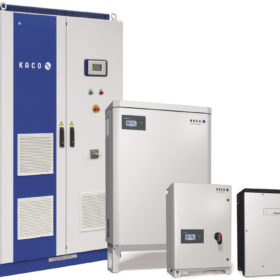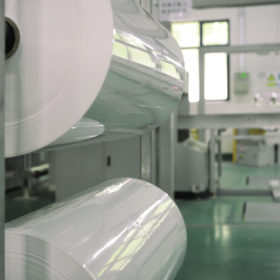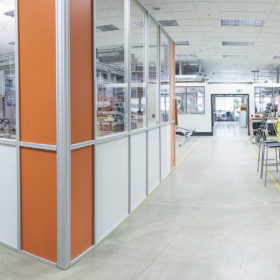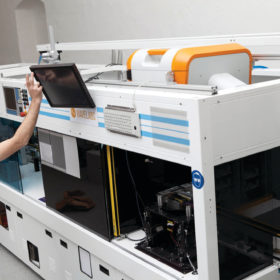The long read: New technologies move to the back
The tension between the cost cutting and performance boosting opportunities presented by new technologies and the tendency for risk aversion is never more evident than in PV module materials. This applies nowhere more than in backsheets, where new innovations are big on promise, but must convince manufacturers and the market of their long-term performance.
The long read: The time is right
Kaco is launching a mass-produced string inverter with silicon carbide switches onto the market following 10 years of discussion about the technology within the industry. In the 100 kilowatt plus segment, the technology produces small, lightweight devices with few components.
The long read: Fit for the 21st century
Co-extruded backsheets are opening up novel circular possibilities for the solar industry, as well as driving durability and lowering costs, writes Netherlands-based materials specialist DSM.
The long read: Materials matter
As problems with component failure have already laid bare, there is a clear need for contract clarity at every stage of a PV project, from material and component sourcing to power purchase and operations agreements. Here, pv magazine investigates a little covered issue for module buyers, which could threaten insurance coverage and the overall success of a project further down the line.
The long read: Refreshing blend or toxic technology cocktail?
Battery storage is racing even faster than the PV market did a few years ago. Costs are plummeting and new production lines are popping up all around the world. Smart people with smart ideas are leveraging venture capital and research funds. M&A activity is also accelerating with a new range of investors taking interest. But the technology battle is far from over, says Ragna Schmidt-Haupt, Partner at Energy Consultancy Everoze.
The long read: Flashing key for bifacial value
As new cell and module concepts move into large-scale production, and efficiencies are pushed ever higher, manufacturers of flash testing equipment must innovate to ensure their tools can provide reliable measurements, and cope with ever expanding production throughput. The expansion of bifacial technology beyond niche applications in particular raises new issues for flash testing standards. pv magazine spoke with several flasher manufacturers to shed light on the latest developments in this segment.
The long read: Cutting down on copper
Controllable, distributed battery storage systems can help avoid bottlenecks in power distribution networks. That reduces the cost of grid expansion, but to turn this use of storage systems into a business model, a number of conditions still have to be met.
